Sunburn occurs due to solar radiation's unfavorable and long-term effects on the skin. When the amount of UVB radiation reaches such a high level that the pigment responsible for skin color (melanin) loses its protective properties against excessive radiation, painful, often exudative skin lesions appear. That's what sunburn is.
As mentioned, UVB radiation is responsible for causing sunburn. Although most of the rays are absorbed by the ozone layer in the stratosphere, a small fraction reaches the Earth and penetrates the epidermis. It causes pigmentation, i.e., the effect of tanned skin, and unfortunately, it is also the cause of sunburn.
People with sensitive and irritation-prone skin are most at risk of sunburn. These skin lesions also appear in people with fair skin due to the low melanin content in their skin and a greater tendency to develop ailments. First of all, we differ in skin phototypes![]() – those most exposed to the harmful effects of the sun are:
– those most exposed to the harmful effects of the sun are:
In turn, phototype IV (South European people with swarthy or olive skin, dark brown or black hair, and hazel, green, or brown eyes), phototype V (characteristic of the yellow race and Arabs), and phototype VI (standard in the black race) are not practically exposed to sunburn.
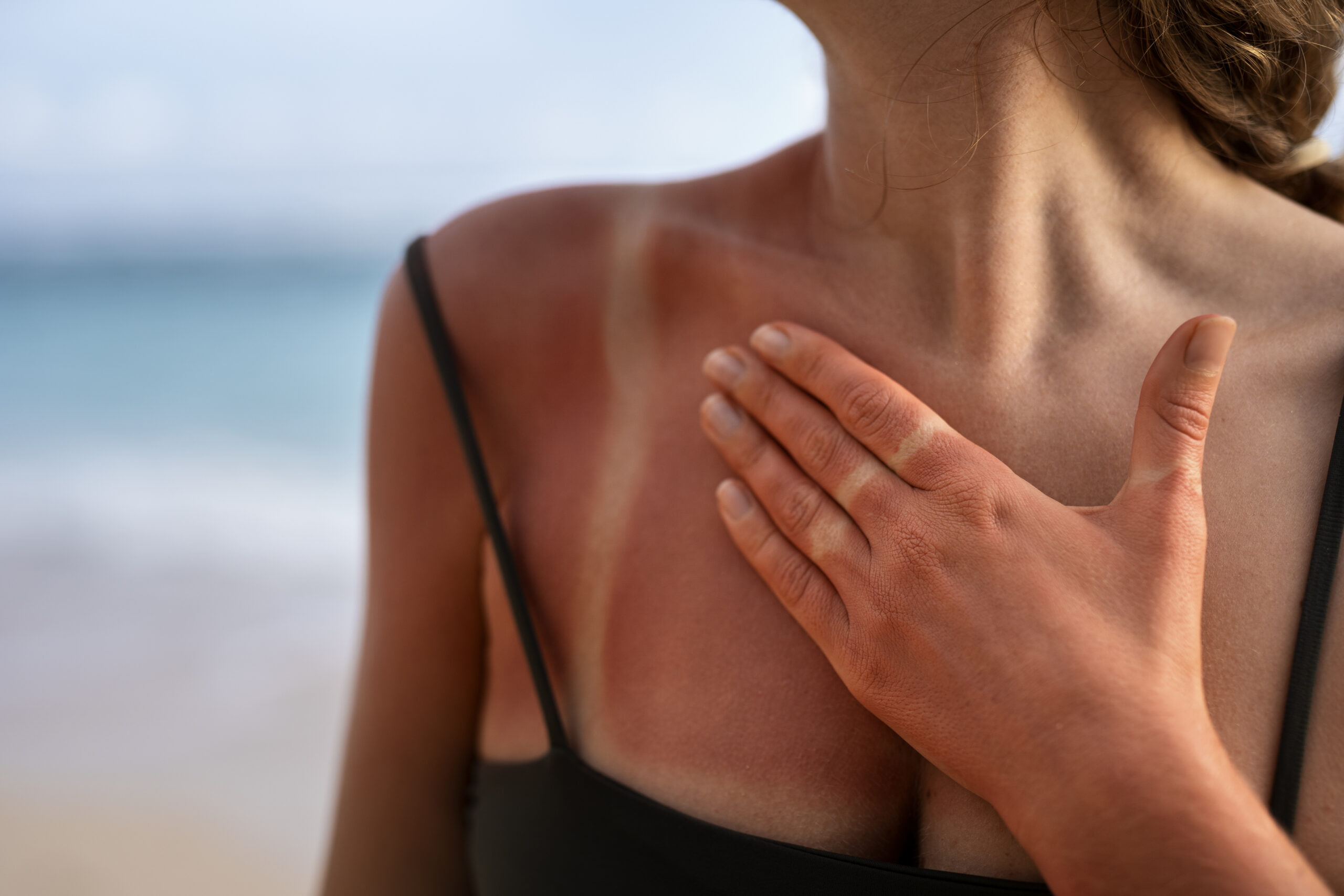
Sunburn![]() usually appears on the face, neckline, and arms, as well as on the lower abdomen and inner thighs, because the skin in these places is the most delicate. They can occur after sunbathing outdoors but also after using a solarium.
usually appears on the face, neckline, and arms, as well as on the lower abdomen and inner thighs, because the skin in these places is the most delicate. They can occur after sunbathing outdoors but also after using a solarium.
Although sunbathing![]() is usually associated with relaxation and a beautiful tan, it also has negative consequences. One of the most common effects of excessive exposure to sunlight is burns. Fortunately, this problem is usually trivial, and the changes disappear after a few days. However, this does not always happen – occasionally, the burn can be so severe that professional medical help should be sought. Excessive exposure to the sun also results in overheating of the body
is usually associated with relaxation and a beautiful tan, it also has negative consequences. One of the most common effects of excessive exposure to sunlight is burns. Fortunately, this problem is usually trivial, and the changes disappear after a few days. However, this does not always happen – occasionally, the burn can be so severe that professional medical help should be sought. Excessive exposure to the sun also results in overheating of the body![]() , which may result in a heat stroke
, which may result in a heat stroke![]() .
.
Another effect of too long and careless exposure to the sun is sunstroke and skin cancer![]() (or malignant melanoma). The main risk factor is exposing the skin to too much sun. Melanoma is a very malignant tumor that tends to metastasize.
(or malignant melanoma). The main risk factor is exposing the skin to too much sun. Melanoma is a very malignant tumor that tends to metastasize.
Melanoma occurs when a previously small mole begins to enlarge, change color, bleed, or itch. Malignant melanoma can be detected even 20 years after the appearance of the causative agent. People with an overestimated risk factor – those with fair skin, blond or red hair, and blue eyes – should be careful.
Another sun-related condition is photosensitivity![]() . As a result of skin exposure to sunlight, rashes and painful hives appear. The skin then burns very quickly.
. As a result of skin exposure to sunlight, rashes and painful hives appear. The skin then burns very quickly.
Similarly, symptoms may appear when protective creams are combined with other cosmetics. Inappropriate selection of cosmetics may result in an allergic and inflammatory reaction. Cosmetics that should be avoided in summer include:
Harmful effects of sunlight may also occur when taking certain medications![]() . Some of the drugs you take have allergic properties, for example, antibiotics, antihistamines, antiepileptics, antidepressants, sedatives, herbal, antibacterial, and antifungal drugs.
. Some of the drugs you take have allergic properties, for example, antibiotics, antihistamines, antiepileptics, antidepressants, sedatives, herbal, antibacterial, and antifungal drugs.
The first symptoms of sunburn appear on the skin just a few hours after excessive exposure to sunlight. The skin becomes very red, dry, and sensitive to touch. Heat radiates from it. The irritated area is painful.
Usually, symptoms related to exposure to UVB radiation are noticeable about 12-24 hours after too intense sunbathing. Within 72 hours, most symptoms subside and disappear completely, leaving a delicate tan on the skin. However, in addition to the abovementioned ailments, blisters filled with serous fluid may appear on the skin surface. Such symptoms last up to several weeks.
Moreover, in the case of mild sunburn, the transition process from the redness phase to the phase of browning or exfoliation of the skin is relatively mild. However, in the event of a more severe burn, symptoms such as:
If the symptoms persist despite treatment and appropriate skin care, you should seek specialist help.
Sunburn is classified depending on the severity of symptoms. Specialists diverse three degrees![]() :
:
First, as soon as we notice that our skin becomes red, we must withdraw from the sun as soon as possible. Specialists also recommend drinking plenty of water to cool the body quickly.
Sunburned skin is very dehydrated and, therefore, needs a lot of proper hydration. Due to the increased sensitivity of the burned area, use moisturizing preparations such as lighter creams or foams. It will ensure quick regeneration of the epidermis, moisturize![]() it, and, thanks to its light consistency, enable the free release of accumulated heat.
it, and, thanks to its light consistency, enable the free release of accumulated heat.
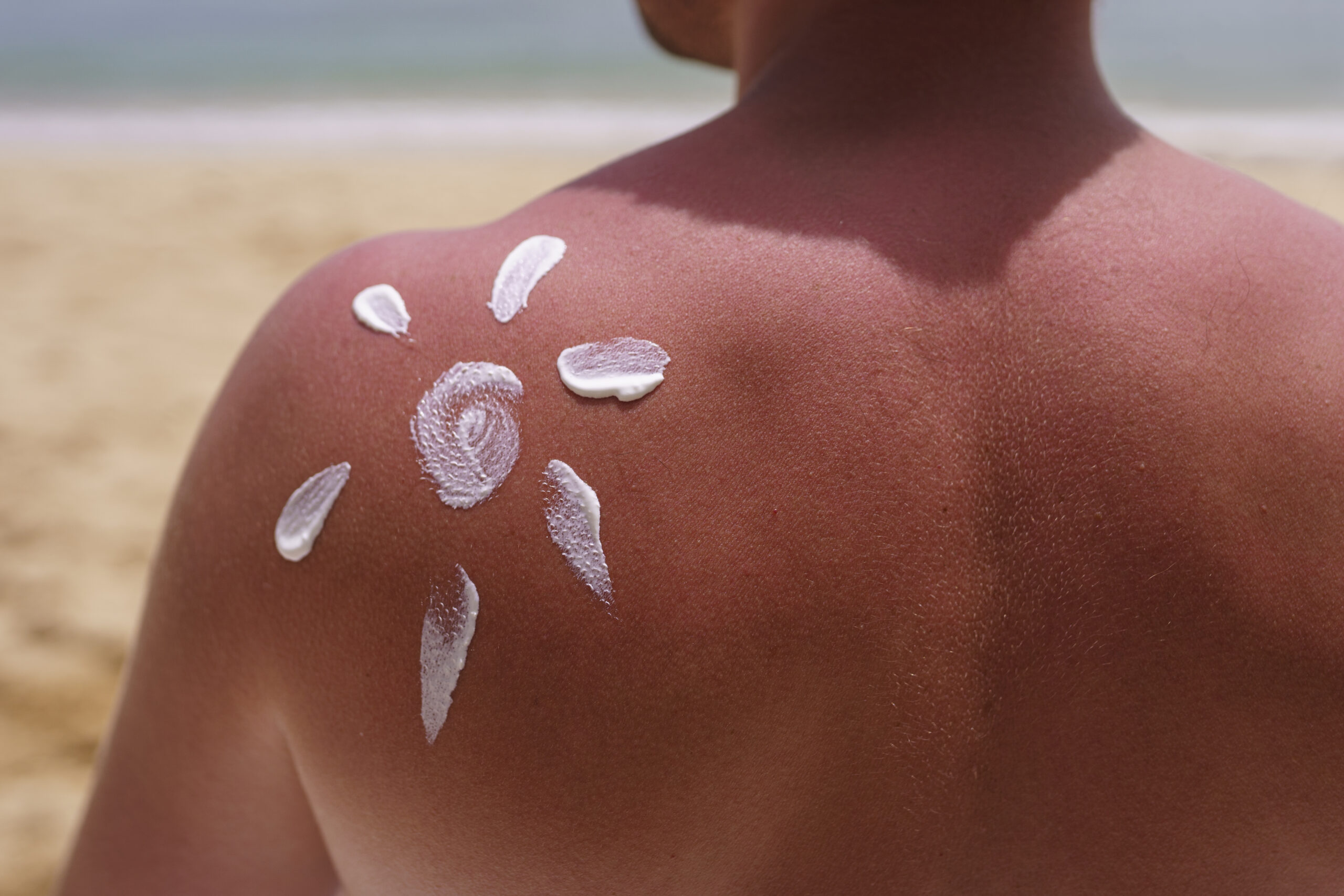
Therefore, fatty ointments are not recommended for the care of burned skin. Additionally, it is worth paying attention to the content of D-panthenol![]() (provitamin B5) as an effective ingredient for soothing irritated and red skin, as well as allantoin will properly moisturize and regenerate the skin.
(provitamin B5) as an effective ingredient for soothing irritated and red skin, as well as allantoin will properly moisturize and regenerate the skin.
If possible, prepare a compress of cold kefir![]() or other fermented milk product. Such compresses are home remedies for sunburns used by our grandmothers – they provide immediate relief for light burns. Thanks to the content of protein and vitamins A, D, and E, they have a regenerating effect on the epidermis. Apply cold kefir or yogurt to the gauze and apply the compress to the burned area for fifteen minutes. Note – use only “savory” products – sweet yogurt or buttermilk are unsuitable for compresses.
or other fermented milk product. Such compresses are home remedies for sunburns used by our grandmothers – they provide immediate relief for light burns. Thanks to the content of protein and vitamins A, D, and E, they have a regenerating effect on the epidermis. Apply cold kefir or yogurt to the gauze and apply the compress to the burned area for fifteen minutes. Note – use only “savory” products – sweet yogurt or buttermilk are unsuitable for compresses.
Apply cold, raw egg white![]() to gauze, then place the compress on the burned skin for 15 minutes. The protein contains cystatin, which inhibits inflammation, and lysozyme, an enzyme with bactericidal and antiviral properties. Thanks to this, such a protein compress accelerates the healing of damaged epidermis because it works similarly to an antibiotic.
to gauze, then place the compress on the burned skin for 15 minutes. The protein contains cystatin, which inhibits inflammation, and lysozyme, an enzyme with bactericidal and antiviral properties. Thanks to this, such a protein compress accelerates the healing of damaged epidermis because it works similarly to an antibiotic.
Note – protein compresses can only be applied to first-degree burns. Do not do this if the skin is damaged – in this case, the protein may contribute to developing an infection. You can also smear the skin with whipped egg-white foam. It is significant that not even a fragment of the yolk gets into the egg white – then the lysozyme enzyme will not work.
Aloe![]() is a must-have among home remedies for sunburn. Put fresh aloe leaves in the fridge for a few minutes, then squeeze the juice onto gauze and apply the compress to the skin for fifteen minutes. Aloe juice contains enzymes that accelerate the regeneration of epidermis damaged by UV radiation and an anti-inflammatory glycoprotein – aloectin.
is a must-have among home remedies for sunburn. Put fresh aloe leaves in the fridge for a few minutes, then squeeze the juice onto gauze and apply the compress to the skin for fifteen minutes. Aloe juice contains enzymes that accelerate the regeneration of epidermis damaged by UV radiation and an anti-inflammatory glycoprotein – aloectin.
Specialists recommend that home remedies should mainly be used by people with first-degree sunburn, and when the condition is, they proceed without any disturbing or unusual body reactions. You should see a doctor immediately if you experience:
The above symptoms may indicate deeply burned skin or even sunstroke.
Burns to delicate parts of the body, including the inner parts of the hands, the bottoms of the feet, genitals, and armpits, always require medical attention.
It is also worth seeing a doctor if you have large burns or sunburns in infants or children![]() . The solution to sunburn in children is to cool the burnt skin, which should relieve pain. You can apply cool compresses to red, burning areas (e.g., a wet cloth diaper or sterile gauze) or bathe your child in cooler, but not cold, water as often as possible.
. The solution to sunburn in children is to cool the burnt skin, which should relieve pain. You can apply cool compresses to red, burning areas (e.g., a wet cloth diaper or sterile gauze) or bathe your child in cooler, but not cold, water as often as possible.
Soothing preparations containing pantothenic acid will also help reduce unpleasant symptoms. They are available over the counter in sunburn creams, gels, or foams. Burned areas should not be smeared with fatty creams or ointments or be covered with dressings.
It should also be remembered that until the skin has healed, it should not be exposed![]() to sunlight, which may worsen the burns. In some cases, it is necessary to administer a painkiller
to sunlight, which may worsen the burns. In some cases, it is necessary to administer a painkiller![]() – oral paracetamol is recommended for children. If your child's skin is severely burned, there are extensive blisters or a high fever, the child is excessively sleepy, weak, or complains of headache, nausea, or vomiting, you should see a doctor.
– oral paracetamol is recommended for children. If your child's skin is severely burned, there are extensive blisters or a high fever, the child is excessively sleepy, weak, or complains of headache, nausea, or vomiting, you should see a doctor.
The first symptoms usually appear a few hours after excessive sun exposure. The strongest symptoms (e.g., pain, itching, burning, or severe skin redness) become visible after 12-24 hours. They should then gradually subside.
The best prevention![]() against burns is, of course, sun protection. People with fair skin are most at risk. To avoid this, remember the basic rules of safe tanning, such as:
against burns is, of course, sun protection. People with fair skin are most at risk. To avoid this, remember the basic rules of safe tanning, such as:
Filters marked as SPF (Sun Protection Factor) protect us against sunburn caused by UVB rays. This indicator shows how long you can stay in the sun after using a protective cosmetic to avoid sunburn. It is worth being aware that no protective cream completely blocks the sun. You may ask yourself how much longer skin protected with a given preparation can be exposed to the sun compared to unprotected skin without the risk of causing an erythematous reaction. It is calculated as follows: SPF * individual time for skin redness to occur.
It is the time considered necessary for the minimum erythemal dose (MED – Minimal Erythemal Dose) to penetrate the skin. MED is the lowest dose of ultraviolet radiation (the so-called erythema threshold), causing severe erythema 24 hours after exposure. What does this mean in practice? If erythema appears after 20 minutes without applying a protective cream, then after applying a SPF 10 filter, this time will be extended to 10 x 20 minutes. So erythema will appear after more than 3 hours of exposure to the sun. However, this does not mean you can safely expose your skin to the sun for that long.
It is important to remember that the protection level of a given preparation is measured after applying a really large amount of sunscreen to the skin – as much as 2 mg per cm2 of skin. Few people apply this amount to their skin while sunbathing, and creams wear off (while lying on a towel, swimming, or playing sports). Therefore, the actual protection is half of what was calculated in the laboratory. Remember – the purpose of using sunscreen is to protect the skin, not to extend the time spent in direct sunlight.
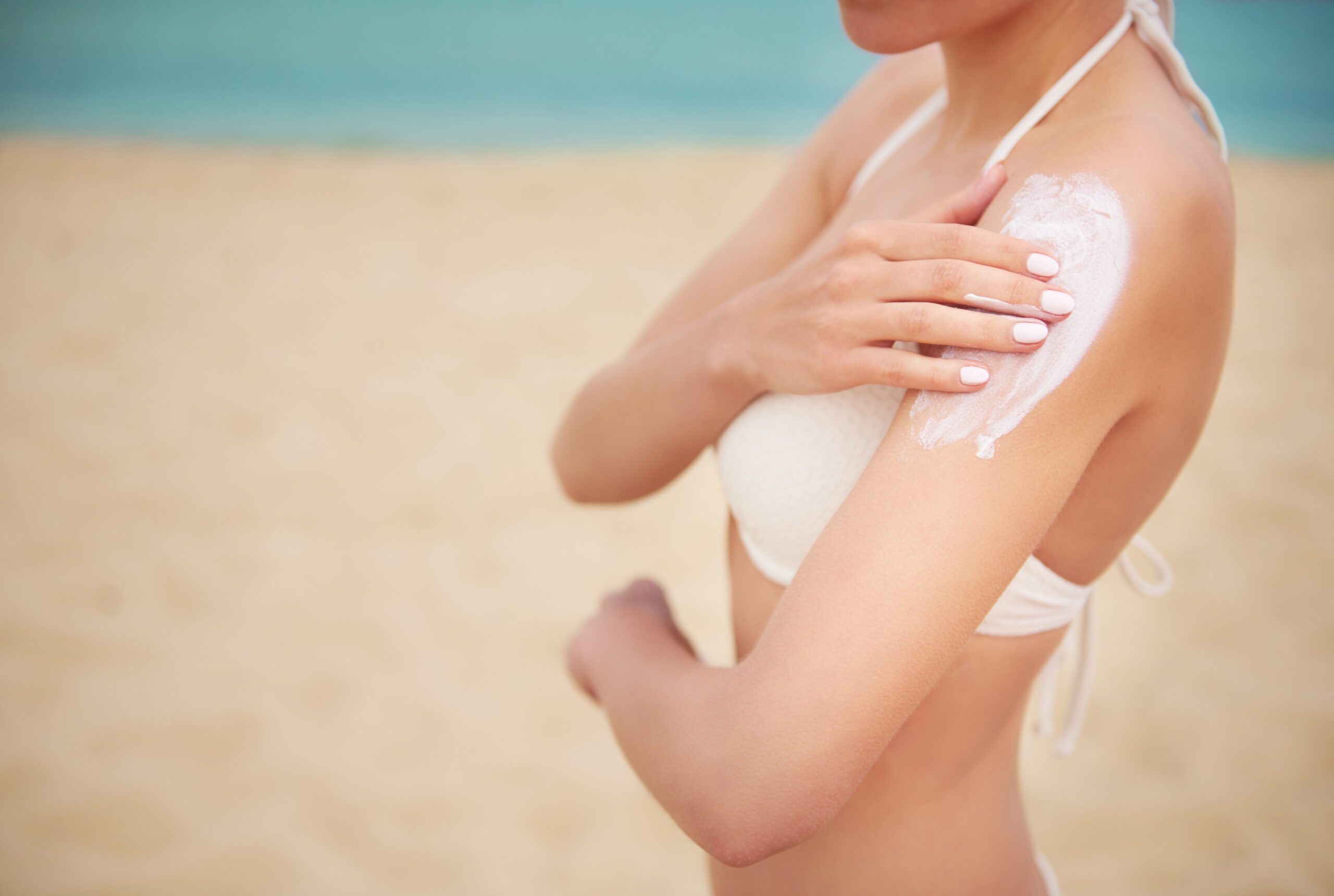
People prone to allergies should use hypoallergenic cosmetics. Before applying the product to a larger part of the body, it is worth applying a cosmetic sample to a small skin area. If we do not experience disturbing symptoms, we can use the preparation all over the body. Apply sunscreen at least half an hour before going out into the sun.
If we fear applying too little cream, we should choose products with higher SPF factors. The higher the factor, the greater the drug's effect on blocking the amount of UVB radiation absorbed by the skin. Cosmetics with higher factors should be used, especially by people taking medications that intensify phototoxic reactions, pregnant women, people with acne, people allergic to the sun, and all individuals living in countries with warmer climates.
Additionally, you can use artificial tan in the form of self-tanners or skin-browning lotions – however, remember that they do not provide sun protection; in this case, it is also necessary to use creams with filters.
Remember that our skin can also burn when using a solarium – and this happens much faster than during standard tanning. Moreover, such practices significantly increase the risk of developing melanoma. To ensure that our skin's condition is suitable and that no disturbing things are happening, as well as to conduct appropriate prevention against cancer, it is recommended to visit a dermatologist regularly. The specialist will perform a skin examination and recommend appropriate further action.
Table of Contents
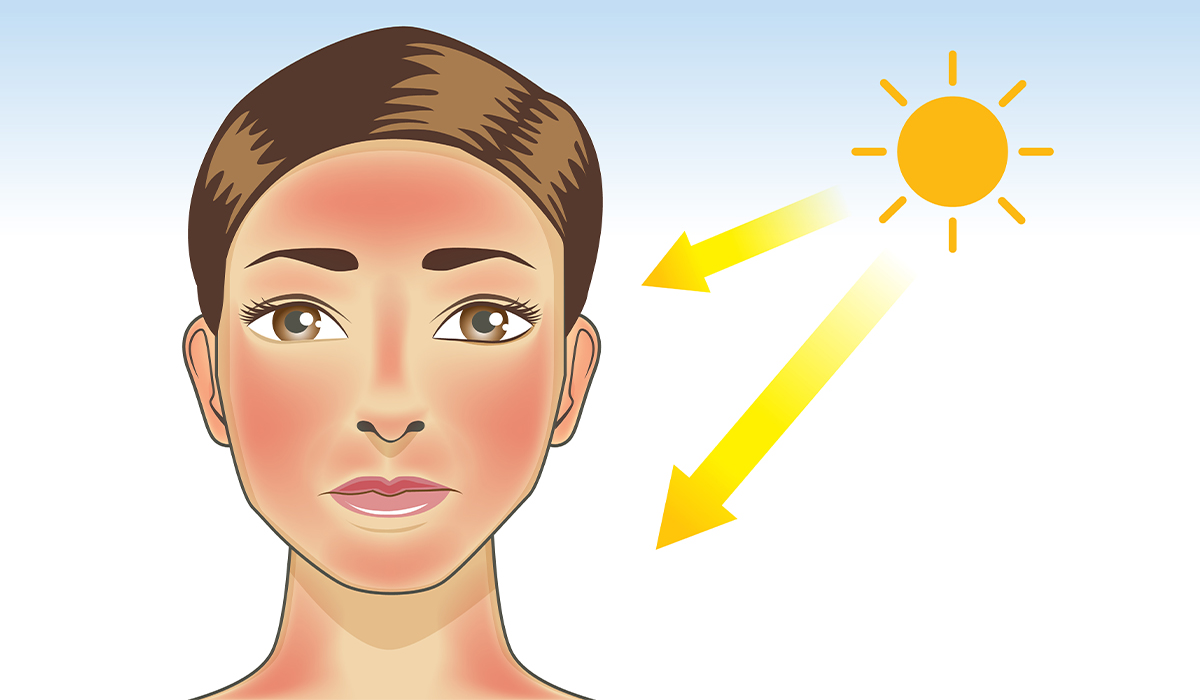
Sun Poisoning is a more severe form of sunburn. Additional distressing symptoms may occur. Learn about the effects of sun… read more »
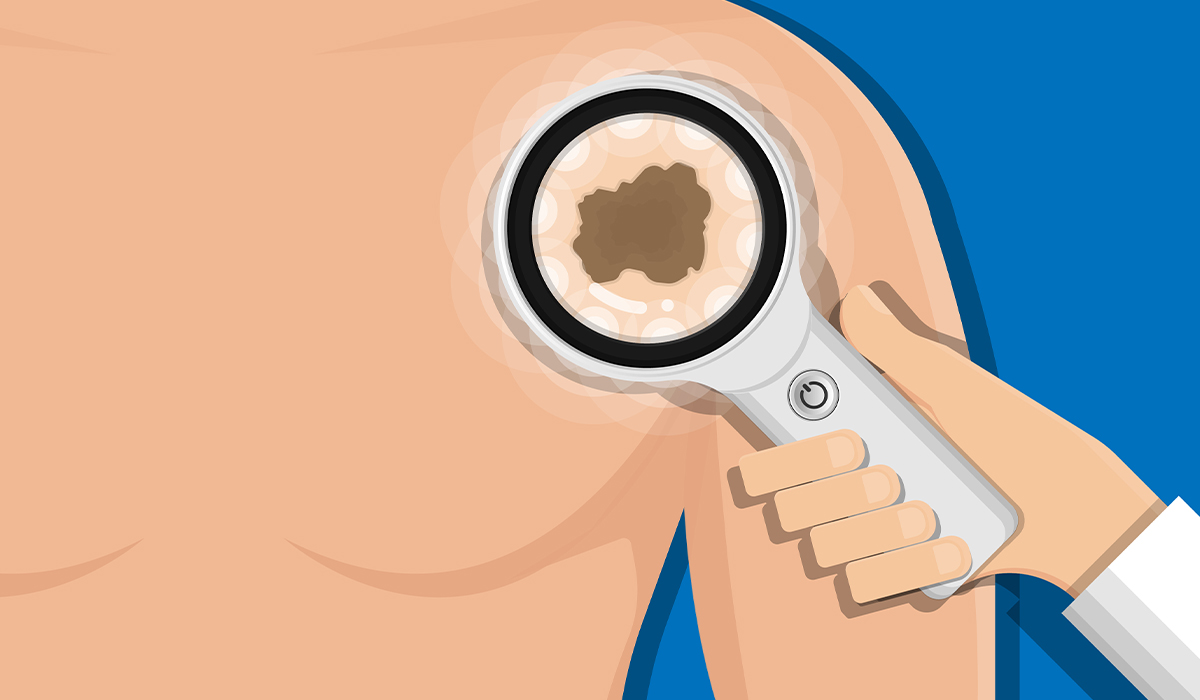
Squamous Cell Carcinoma is a type of skin cancer that comes from the squamous cells in the top layer of… read more »
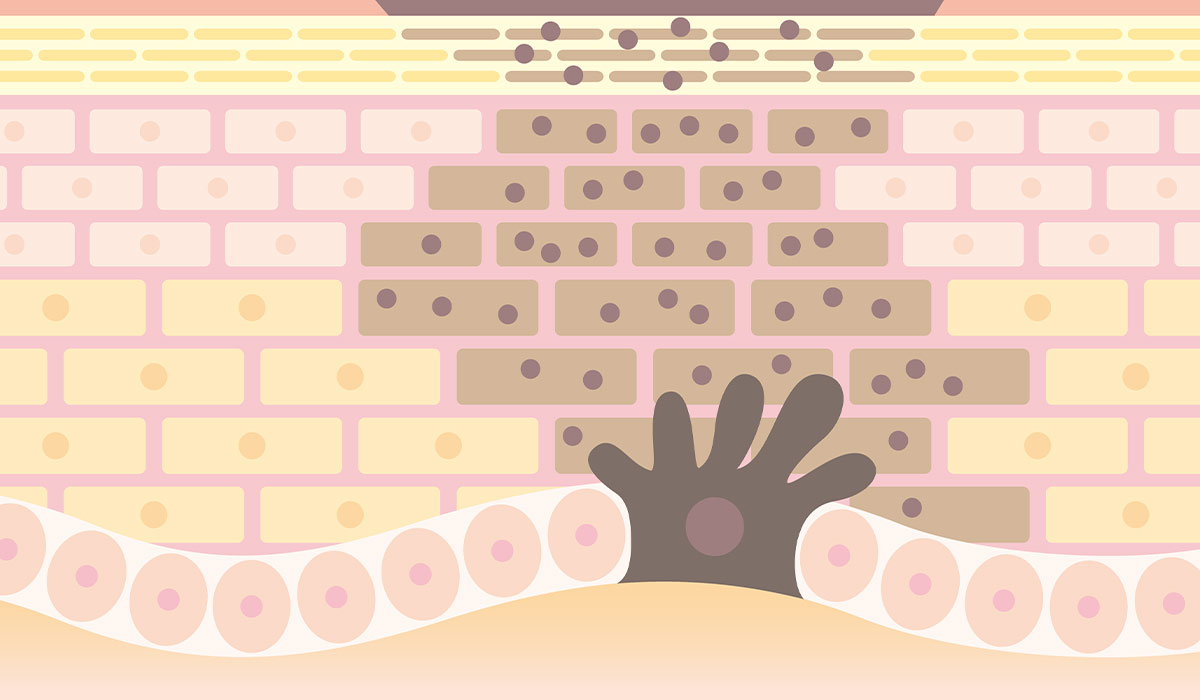
Melanins are a group of pigments responsible for the pigmentation of organisms. What happens when there are too few or… read more »

Basal cell carcinoma (BCC) is a form of cancer that develops in basal skin cells. It usually appears on the… read more »

Dry, chapped lips are a common problem. Find out the best ways to keep your lips moisturised. Find out when… read more »

Albinism is a genetically determined disease. See how to spot the first signs of albinism. Learn about the risks associated… read more »
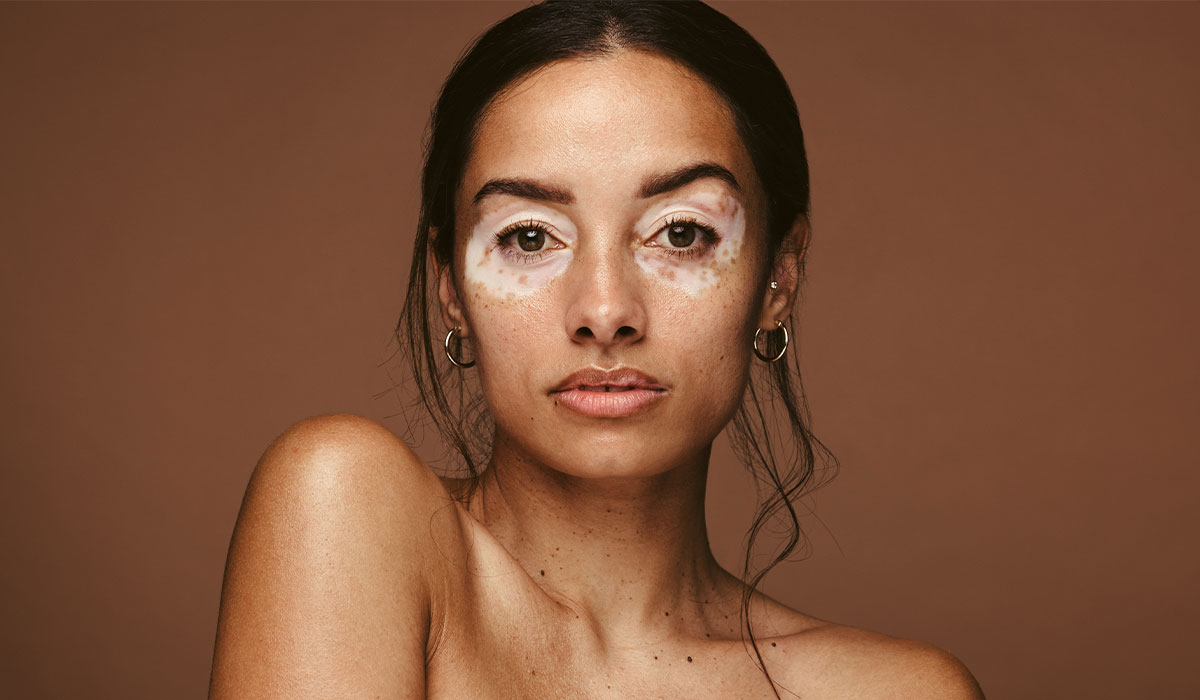
Read this article to learn what causes vitiligo – white patches of skin that Michael Jackson so desperately tried to… read more »

Dandruff is the result of excessive skin exfoliation, overproduction of sebum, or the presence of Malassezia yeast on the skin.… read more »
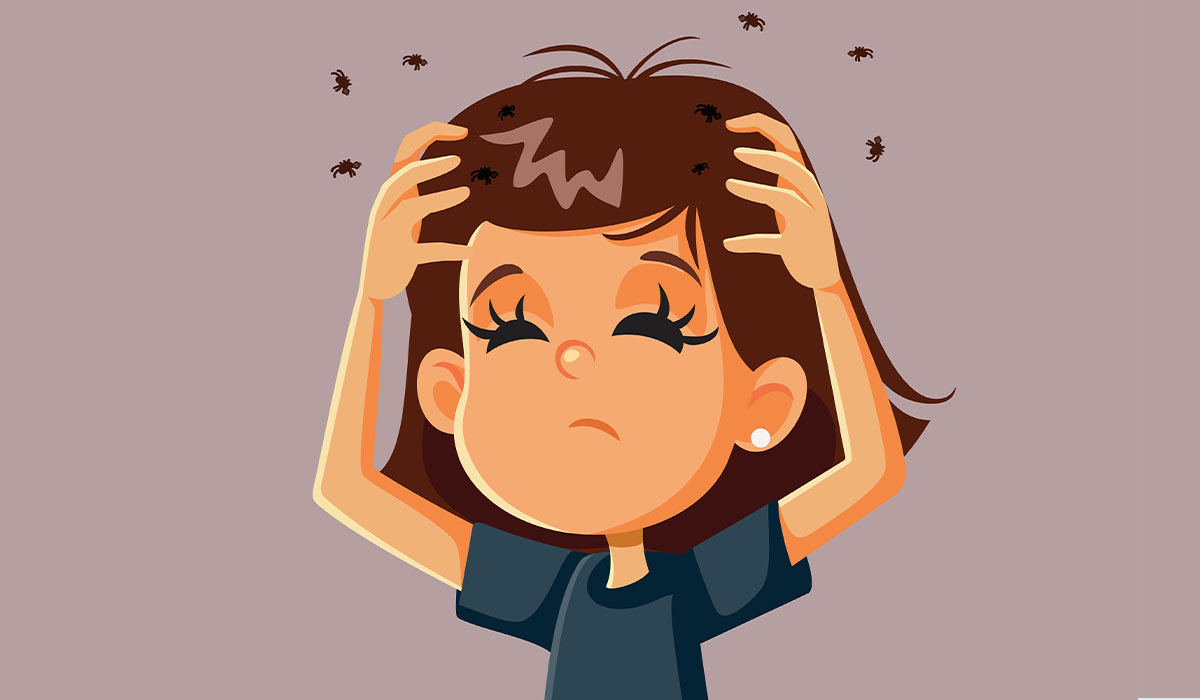
Itchy scalp is a fairly common condition that can have many causes. What are the most popular? What to do… read more »